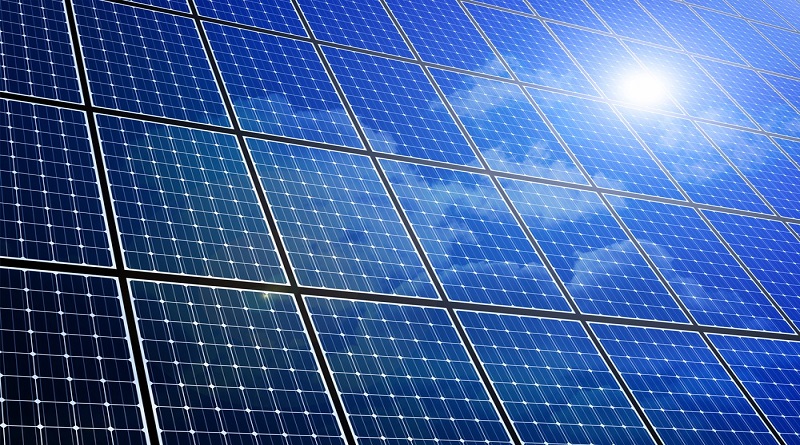2017: 98 gigawatts of new solar capacity were installed worldwide
Solar energy dominated global investment in new power generation at unprecedented levels in 2017, according to a new report that underlines that clean energy makes sense not only for the climate but for the global economy as well.
Some 98 gigawatts of new solar capacity were installed worldwide in 2017, far more than the net additions of any other technology, including fossil fuels and nuclear.
The rapid growth in solar power is significant as global markets recognize the importance of meeting the goals of the Paris Agreement.
“The extraordinary surge in solar investment shows how the global energy map is changing and, more importantly, what the economic benefits are of such a shift,” said UN Environment head Erik Solheim. “Investments in renewables bring more people into the economy, they deliver more jobs, better quality jobs and better paid jobs. Clean energy also means less pollution, which means healthier, happier development.”
Solar power also attracted far more investment, at USD 160.8 billion (up 18 percent from the year previous), than any other power technology in 2017. It made up 57 percent of the total investment in all renewables (excluding large hydro) of USD 279.8 billion, and it towered above new investment in coal and gas generation capacity (estimated at USD 103 billion).
The Global Trends in Renewable Energy Investment 2018 report, released on 5 April 2018 by UN Environment, Frankfurt School – UNEP Collaborating Centre, and Bloomberg New Energy Finance, finds that falling costs for solar electricity, and to some extent wind power, are continuing to drive deployment.
“While there is much to be positive about, it is also evident that we need to continue to push the acceleration of the global renewable energy revolution. Climate change is moving faster than we are,” said UN Climate Change Executive Secretary Patricia Espinosa in the report foreword co-authored with Mr. Solheim and Nils Stieglitz, President of Frankfurt School of Finance & Management. “Last year was the second hottest on record and carbon dioxide levels continue to rise. In electricity generation, new renewables still have a long way to go.”
“In 2015, countries adopted the Paris Climate Change Agreement, the central goal of which is to limit the rise in global average temperatures to well below two degrees Celsius and as close as possible to 1.5 degrees above pre-industrial levels. We will only achieve this goal by substantially and rapidly reducing use of fossil fuels,” the three state in the report foreword.
Last year was the eighth in a row in which global investment in renewables exceeded USD 200 billion – and since 2004, the world has invested USD 2.9 trillion in these green energy sources.
Overall, China was by far the world’s largest investing country in renewables, at a record USD 126.6 billion, up 31 percent from 2016.
There were also sharp increases in investment in Australia (up 147 per cent to USD 8.5 billion), Mexico (up 810 per cent to USD 6 billion), and in Sweden (up 127 percent to USD 3.7 billion).
A record 157 gigawatts of renewable power were commissioned last year, up from 143 gigawatts in 2016 and far out-stripping the net 70 gigawatts of fossil-fuel generating capacity added (after adjusting for the closure of some existing plants) over the same period.
“The world added more solar capacity than coal, gas, and nuclear plants combined,” said Mr. Stieglitz. “This shows where we are heading, although the fact that renewables altogether are still far from providing the majority of electricity means that we still have a long way to go.”
Global investments in renewable energy of USD 2.7 trillion from 2007 to 2017 (11 years inclusive) have increased the proportion of world electricity generated by wind, solar, biomass and waste-to-energy, geothermal, marine and small hydro from 5.2 percent to 12.1 per cent.
The current level of electricity generated by renewables corresponds to about 1.8 gigatons of carbon dioxide emissions avoided – roughly equivalent to those produced by the entire U.S. transport system.




